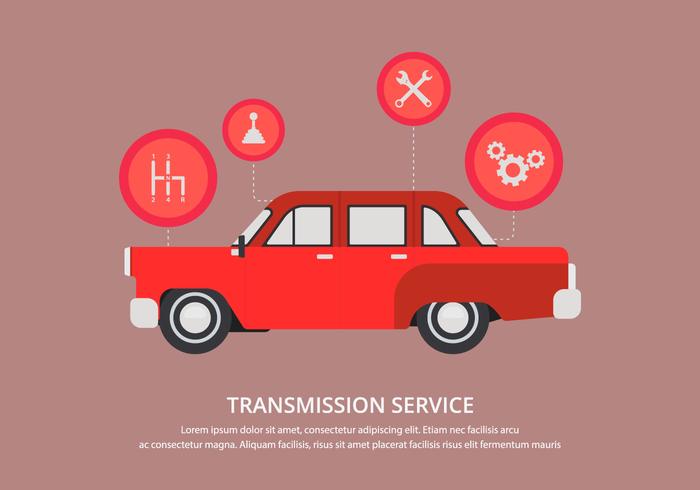A Novice'S Handbook For Interpreting Your Auto'S Alert Lighting
A Novice'S Handbook For Interpreting Your Auto'S Alert Lighting
Blog Article
Material Create By-Udsen Emery
When you lag the wheel, those little caution lights on your automobile's control panel can be quite puzzling. What do they mean, and should you be worried? Comprehending these signals is essential for your car's well-being, yet it does not have to be a complicated task. By deciphering the mystery behind each light, you'll be geared up to deal with possible issues effectively and maintain your car running smoothly. So, following time a caution light flashes, don't panic - arm yourself with expertise and take control of the situation.
Significance of Automobile Caution Lights
Comprehending the significance of your vehicle's warning lights is essential for preserving your lorry's health and safety. These lights act as your auto's interaction system, alerting you to prospective problems that could endanger your safety when traveling or bring about pricey repair work if ignored. By focusing on these cautions, you can address issues early and stop further damages to your car.
Neglecting alerting lights can result in serious consequences, such as engine failure, brake malfunctions, or even crashes. These lights are designed to notify you of problems ranging from reduced tire pressure to engine breakdowns, providing you the possibility to do something about it prior to the situation worsens. Consistently examining and understanding these cautions can conserve you time, money, and guarantee your safety while driving.
In addition to maintaining you safe, reacting immediately to warning lights can also help lengthen the lifespan of your car. By attending to issues early on, you can prevent small problems from rising into significant repairs, inevitably saving you time and money in the long run. Keep in mind, your auto's warning lights are there for a reason - don't overlook them!
Common Warning Lights and Meanings
When it involves driving your auto, understanding typical caution lights and their definitions is important for your safety and security and automobile upkeep. Right here are a few common caution lights you might encounter:
1. ** Examine Engine Light **: This light shows a problem with your engine. It could be something minor like a loosened gas cap or something much more severe like engine misfiring.
2. ** Battery Light **: This light signals an issue with your car's billing system. https://brake-shops07284.eedblog.com/30345040/recognize-the-crucial-standards-for-picking-a-trusted-car-repair-shop-that-will-contribute-to-your-lorry-s-long-life-and-optimal-efficiency might show a defective battery, alternator, or other related components.
3. ** Oil Stress Light **: When this light comes on, it suggests your engine might be running low on oil or experiencing low oil pressure, which can bring about engine damages otherwise attended to quickly.
4. ** Brake System Light **: This light shows a problem with your braking system. It can indicate low brake liquid degrees or a problem with the brake system that needs prompt attention.
Understanding these common warning lights will certainly help you determine potential problems early on and prevent more significant troubles later on.
Exactly how to React To Caution Lighting
On the occasion that a caution light brightens on your cars and truck's control panel, it's crucial to react without delay and suitably. When a warning light begins, the very first step is to consult your owner's manual to understand the particular concern shown by the light.
Some lights call for prompt attention, while others may show a much less urgent matter. If the warning light is red or blinking, it's typically a sign of a significant issue that needs prompt action. In such situations, it's advisable to pull over safely, shut off the engine, and seek professional help.
For yellow or orange warning lights, while they might not need instant focus, it's still vital to address the hidden problem immediately to stop additional damage. Normal upkeep and evaluation can aid avoid alerting lights from beginning unexpectedly.
Verdict
To conclude, recognizing your auto's caution lights is crucial for preserving your vehicle's health and safety. By regularly inspecting and reacting to these cautions, you can attend to potential issues early and prevent expensive repair services or safety and security risks. Remember to consult have a peek here for information on various caution lights and always take immediate action for red or flashing lights. Keep proactive and keep your car running efficiently!
